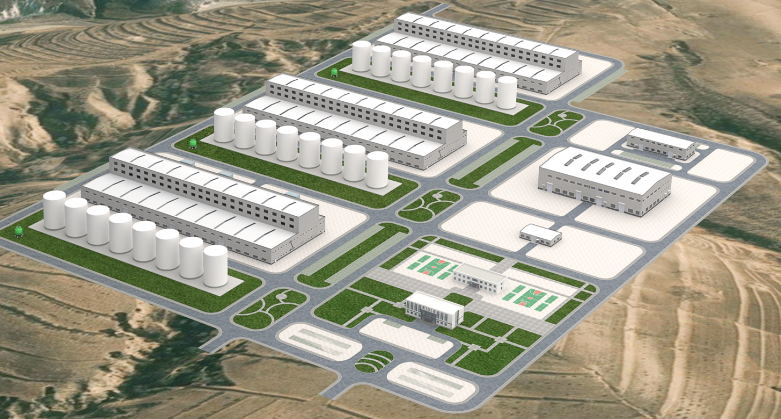On July 14, the Gansu Provincial Development and Reform Commission released the “Notice on Establishing a Generation-Side Capacity Price Mechanism (Draft for Comments)”. This document set off a huge wave in the energy storage industry, with the capacity price standard soaring to 330 yuan/kW·year, surging 230% from the existing standard! It has become the first provincial-level plan in the country to explicitly include grid-side new energy storage in capacity price compensation.
This is not just a jump in numbers, but more likely an “ice-breaking battle” for the profit model of the energy storage industry.
Gansu’s “move” actually hides the inevitable logic of new energy transformation. In the past, new energy projects relied on “mandatory energy storage allocation” to support their installed capacity, but the problem of “being built but not adjusted” was serious. In 2024, the average utilization rate of new energy supporting storage was only 32%, far lower than the 52% of independent energy storage. In February this year, Document No. 136 of the National Development and Reform Commission halted the long-implemented mandatory energy storage allocation policy, marking that the energy storage industry must find a sustainable profit model, and Gansu’s move is in line with this trend.
Secondly, as a major province of wind and solar energy, Gansu’s proportion of new energy installed capacity has reached 65.64%, but thermal power is “losing blood”. With 34 million kW of coal-fired power installed capacity, the utilization hours in 2024 were only 4,361 hours, and over 50% of enterprises are losing money. For new energy to develop and thermal power to remain stable, the capacity price has become a “balance beam”.
The toughness of this policy is also reflected in two “revolutions”. First, it injects a “cardiotonic” into thermal power: the coal-fired power capacity price has increased from 100 yuan/kW·year to 330 yuan. Based on 34 million kW of installed capacity, it will receive an additional compensation of about 7.8 billion yuan annually, directly alleviating the pressure of losses. Second, it clarifies the “profit account” for energy storage: grid-side new energy storage also enjoys the 330-yuan standard. What’s better is that long-duration energy storage is more favored. The effective capacity is calculated as “full-power discharge duration / 6 × rated power”, meaning that an 8-hour energy storage project can receive 3 times more compensation than a 2-hour project. The energy storage industry will accelerate its transformation from 2-4 hour energy storage to long-duration energy storage.
Take a 4-hour energy storage power station in Gansu with 100MW/400MWh as an example:
Effective capacity = full-power discharge duration / 6 × rated power, minus station service power.
The effective capacity is approximately 60MW.
60MW = 60,000KW.
60,000 × 330 = 19.8 million yuan.
Most importantly, the policy also adds a “tightening spell”: 3 unplanned outages within a month will result in the deduction of that month’s electricity fee, and 3 times a year will result in the deduction of the annual fee. This forces enterprises to pay attention to equipment quality.



